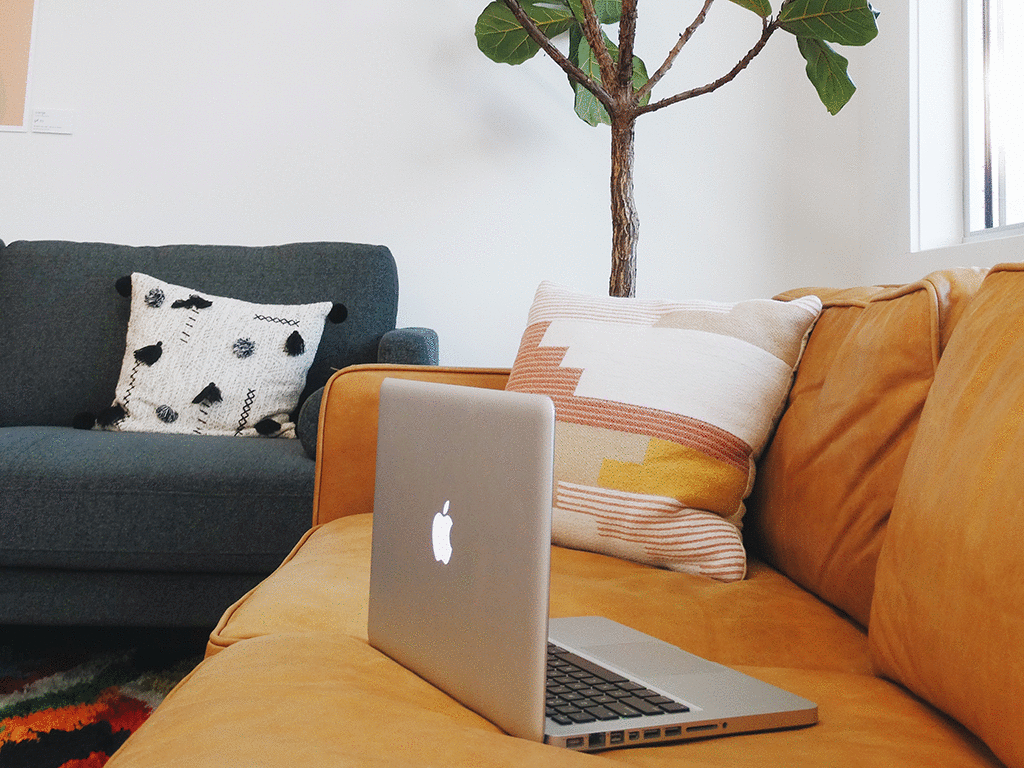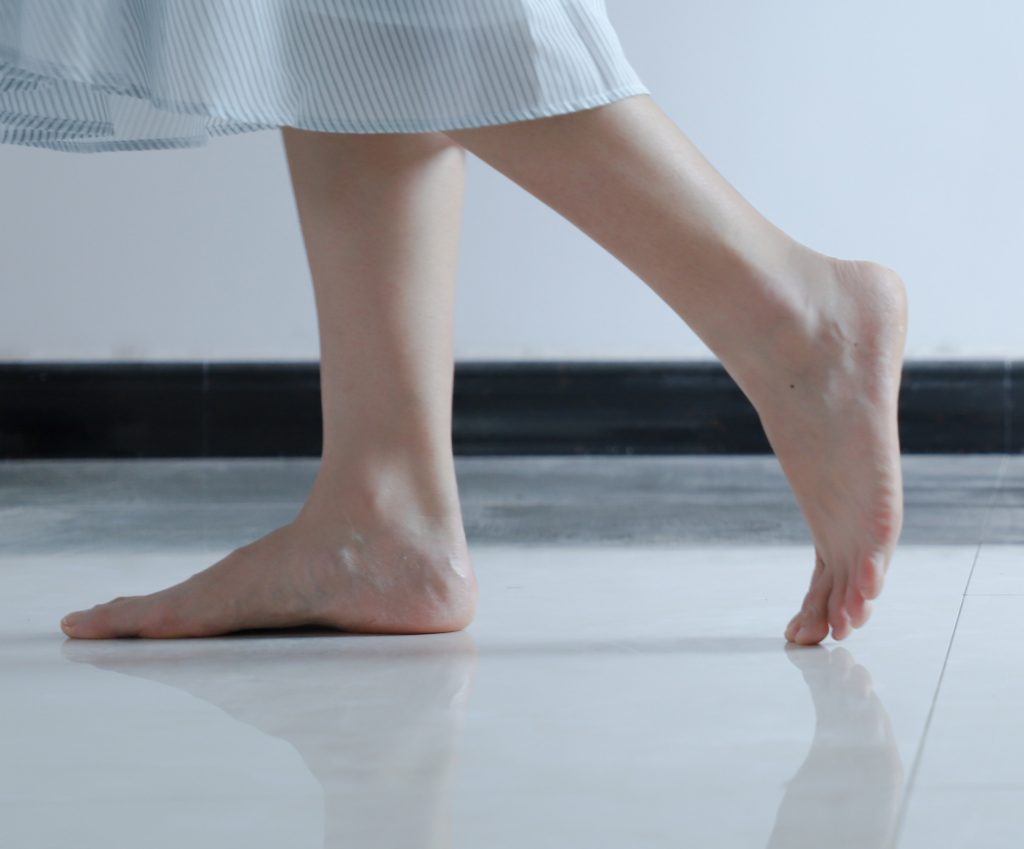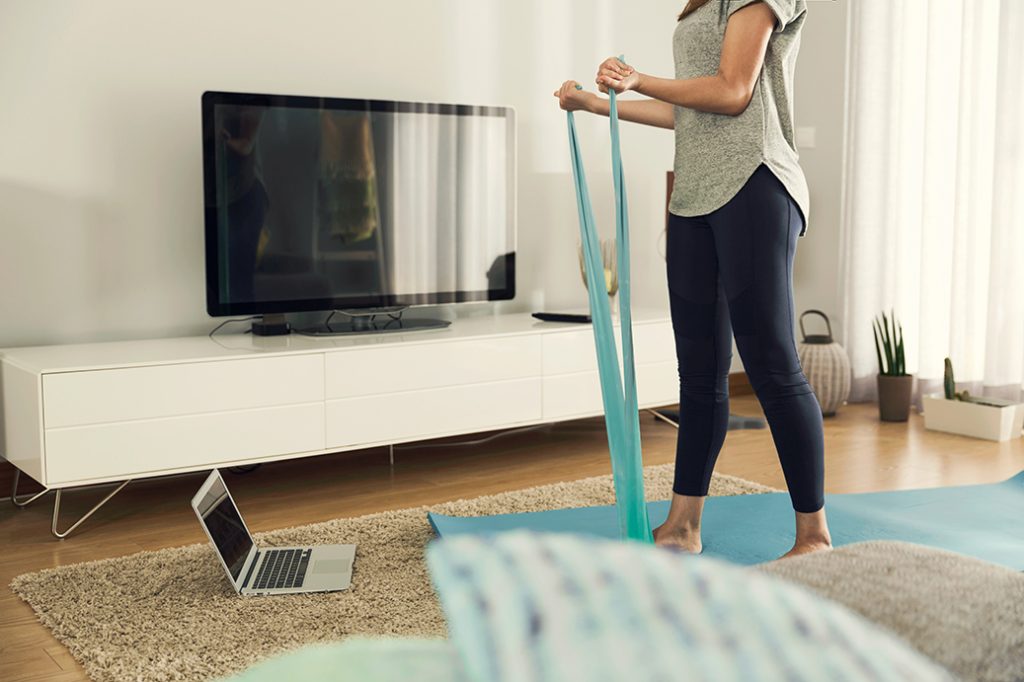Are you working from home and experiencing headaches? Start by asking yourself these 3 simple questions:
Qu. 1 – Am I hydrated?
Qu. 2 – Have I had a recent eye check?
Qu. 3 – Is my workspace set-up correctly and have I moved in the last 30 minutes?
Hydration:
A headache can be one of the first signs of dehydration, its important to keep hydrated during the day. Keeping a bottle or jug of water on your desk beside you, will visually prompt you to drink. When you to start to yawn and lose concentration, this is a definite sign that it is time to have a walk, have a drink, reset.

Eye health:
Regular eye health checks are important – as our vision changes as we age. Are you straining to see the computer, having difficulty scrolling, or concentrating on long documents? Do you struggle to maintain focus when reading a book, does reading bring on a headache? – Perhaps you should consider a check-up! If you have been prescribed glasses, wear them!

Neck stiffness with your headache:
There are many structures that come into play when considering headaches that could arise from the neck. A ‘cervicogenic headache’ is a headache that arises from the joints and tissues around the bottom of the skull and the neck area. Stiffness, tension, prolonged postures, and weakness can all play a part in contributing to a cervicogenic headache. There are a multitude of muscles that cross from the upper trunk (thoracic) to the neck area (cervical). If the tissues around this area become irritated or sensitised they can cause tension around the neck, which in turn can lead to a cervicogenic headache.

You may feel pain behind your eyes or in the temple, with a feeling of pressure, this can be with or without a stiff neck. Tension around the base of the skull that runs up to the back of the head or behind the ear are common areas of pain in a cervicogenic headache. Assessing why these tissues became irritable through a subjective (the story you tell us) and an objective assessment (assessing your movements and restriction and special tests) helps us to diagnose a cervicogenic headache and exclude other possible causes for a headache.
Physiotherapy can help with mobilisation of the joints of the neck, in particular, the joints around the base of the skull. Soft tissue release and stretching of tight tissues around the neck can be highly effective and usually have an immediate effect on the headache.
This is only part of the treatment. Implementing a home exercise program, ergonomic adjustments, changing old habits, and forming new patterns of behaviour can go some way to help prevent a cervicogenic headache.
We’ve put together some of our favourite seated exercises as a printable PDF – yes you can do these from your table or desk, while working from home. Download and print out this 2 page poster set and pop it up in your workspace, set yourself an alarm to vary your posture (from sitting to standing or by adding in one of these stretches). Our senior physiotherapist Alison Darbyshire has a special interest in headache treatment, if you would like to speak to her about your muscle tightness, neck pain or headaches, please Book online, simply click here. or contact the clinic on 6646 3766, we are confident Alison can help you.
Written by: Alison Darbyshire – Senior Physiotherapist.






About The Author: Alison Darbyshire
More posts by Alison Darbyshire